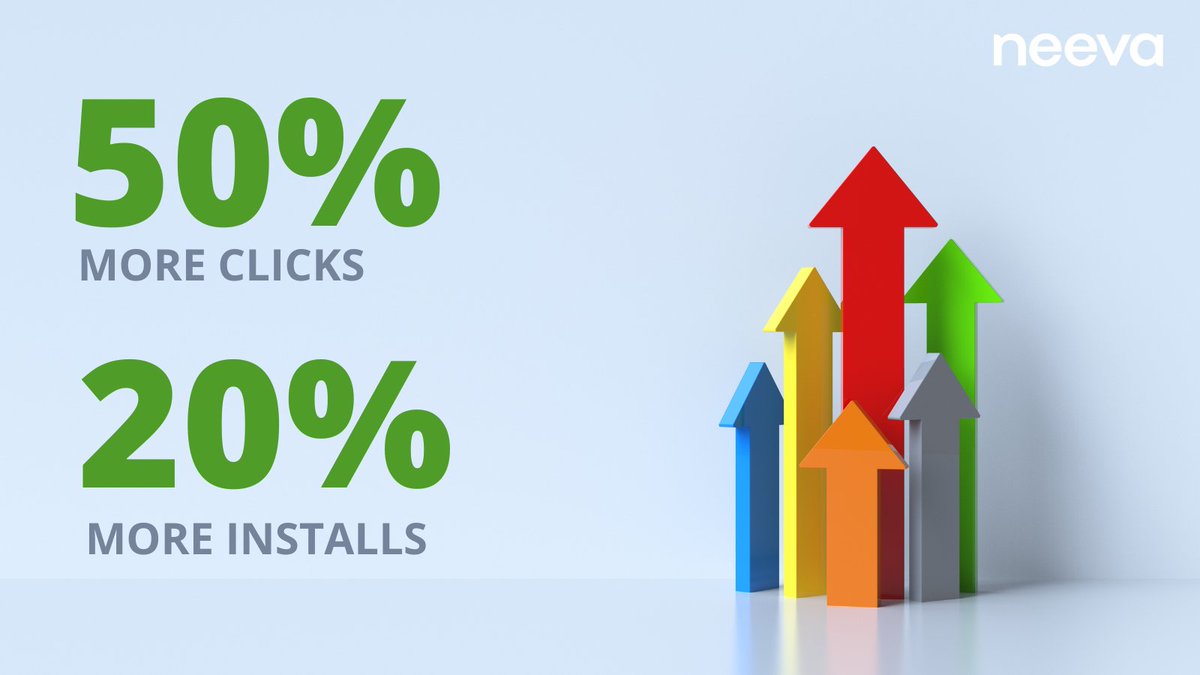
1/ We redesigned our marketing home page and got 50% more clicks, and 20% more installs.
Want to learn how we did it? 🧵⬇️
Want to learn how we did it? 🧵⬇️

2/ A picture is worth 1k words 🖼
Instead of lines of text telling people why to use #Neeva, we show them!
Our new website visualizes installing Neeva so they:
🅰️ Know what to expect
🅱️ Show them the benefits of tracker blocking 🛑 and address bar search 🔎
Instead of lines of text telling people why to use #Neeva, we show them!
Our new website visualizes installing Neeva so they:
🅰️ Know what to expect
🅱️ Show them the benefits of tracker blocking 🛑 and address bar search 🔎
3/ Use your words wisely ✍️
We changed our headline to be more on brand and highlight the core value people get from Neeva.
No clever wording, just real tangible benefits.
We changed our headline to be more on brand and highlight the core value people get from Neeva.
No clever wording, just real tangible benefits.
4/ What were the results? 📈
🌟 More users download our chrome extension
🌟 More people engaged and gave us a try by running a search
🌟 A 50% increase in average searches/user
🌟 1.3X increase in 1 day active users
🌟 More users download our chrome extension
🌟 More people engaged and gave us a try by running a search
🌟 A 50% increase in average searches/user
🌟 1.3X increase in 1 day active users
5/ We approach growth with hypotheses and experiments, so we can isolate what we want to change, and we can see the results clearly. Don’t throw too much into any 1 test, but also swing big (especially if you’re trying to grow as fast as we are). 

6/ Have you tried these tactics? Any others you’d share? Let us know!
• • •
Missing some Tweet in this thread? You can try to
force a refresh











